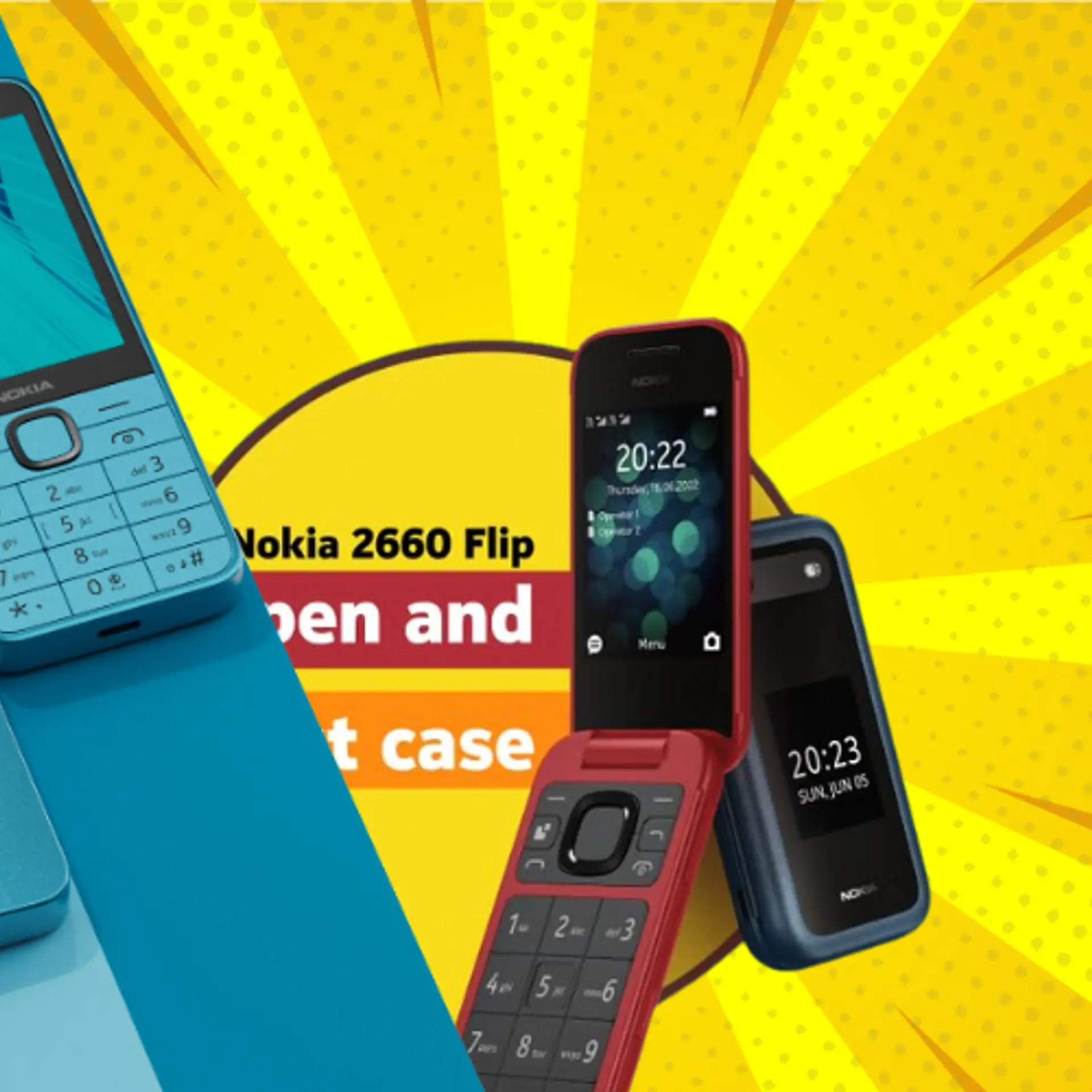How is mobility revolutionizing the education sector?
Way back in the 90s, studious kids back in school were often referred to as bookworms. We still have nerds, but we no longer call them bookworms. Because, hey, aren’t the books missing now? Instead of books, we see kids poring over swanky smartphones, tablets and laptops. Books are no longer the best friends of today’s school/college-going Generation Z (yes, that’s what the latest crop of teens, pre-teens and kids are called). This is the real digital generation, the one that doesn’t know what it is to NOT have a mobile device. Thus, it is only natural that schools and colleges are undergoing many fundamental changes to cater to Gen Z. Mobile learning is rapidly replacing all other forms, a fact complemented by Apple’s $1 billion record-breaking sales of iPads in the educational sector a couple of years back.

Learning like Never Before
Mobile devices have transformed learning in more ways than we can think of. The following 10 things are the most prominent and visible of the several tangible and intangible effects of this paradigm shift:
- School Goes with You: For a long time, schools and colleges were finite, physical spaces that students visited for a specific amount of time. Now, with almost all students owning a smartphone or a tablet, students are connected to their school, teachers, assignments and course materials 24x7. Thus, it no longer matters if you are in school or not. In fact, you can safely say that wherever you go, your school goes with you, enclosed within your mobile device.
- Virtual School Bag: Millennials like us still remember the burdens of carrying and locking up loads of books – textbooks, notebooks, course guides, reference materials, the list goes on. But not anymore. Kids these days no longer need to carry different books for different subjects. ‘One device fits all’ is what they live by today. Students can access all their textbooks and course materials, assignments, and time table from their mobile device, making it a virtual school bag.
- Self-paced Learning: This is arguably the most significant change mobile learning has brought in. With online lessons and study materials available, with detailed instructions and question set at the end of every chapter, it has become much easier for students to learn at their own pace. This is such a relief from the times when learning only took place at a specific time and place, and one had no choice.
- Differentiated Learning: Yet another key fall-out of mobile learning, differentiated learning refers to using learning methods and resources of your choice. Rote learning from books and black boards is passé. Mobile devices have enabled students to learn from not just books, but also videos, podcasts, webinars, slideshows and even video conferencing. Also, teachers can create and give different tests and assignments to every students without much hassle, helping especially weaker students to progress faster.
- Experiential Learning: This is one of the most fascinating things about mobile learning, and one that would make all of us want to go back to school. Augmented reality apps are now helping students to not just learn but also “experience” and enjoy the power of immersive learning. So history teachers can not only teach about the World Wars but also re-create them using AR, making the whole exercise so much more meaningful.
- Gamification: With kids literally growing up on mobile games, it is little wonder that this is the best way to capture their attention and ensure greater engagement. Mobile devices now allow students to learn key lessons through word puzzles, number riddles and math games, making learning fun and truly rewarding.
- Future Ready: The students of today are the workforce of tomorrow. With cloud computing dominating workspaces, students need to start indulging in mobile and cloud technologies right from a young age. Mobile devices are allowing students to effectively communicate and collaborate with each other using cloud applications. Students can now work on shared documents, and communicate and discuss assignments using email, chat, and video conferencing, preparing them for the enterprise environment of tomorrow.
- Far-reaching: While this may not hold true for urban centres, the power of mobile learning can truly be felt in far-flung rural areas. With smartphones becoming plentiful and very cheap, they have unlocked a plethora of opportunities for those who do not have direct access to quality learning. Students can participate in “Live Lectures” from anywhere just through their smartphones (not even a tablet), creating a never-before impact.
- New Learning Methods: Mobile devices have given rise to newer formats, like blended and flipped learning, that drive student-teacher interaction, fuel engagement, and make learning more personalised. Teachers can share course content like text, videos and audio clips, which students can refer to before, during or after class. With blended learning, students can opt for a mix of in-class and digital learning, wherein few subjects are taught in school while some subjects are taught online. A precise learning curve that suits the needs and temperament of the current generation.
- Enhance Teaching Pedagogies: The diverse range of mobile devices available provides teachers with ways to enhance teaching pedagogies. Teachers can creatively use & embed mobile devices in the learning process, making even the most drab lessons fun and interesting for the students.
A 2014 survey states that about 76% teachers state that mobile devices can enhance learning, as they make content more engaging. Over the last few years, mobile learning has steadily gained ground and is set to become a permanent feature in schools, colleges and universities, worldwide.
Image credit "ShutterStock"







